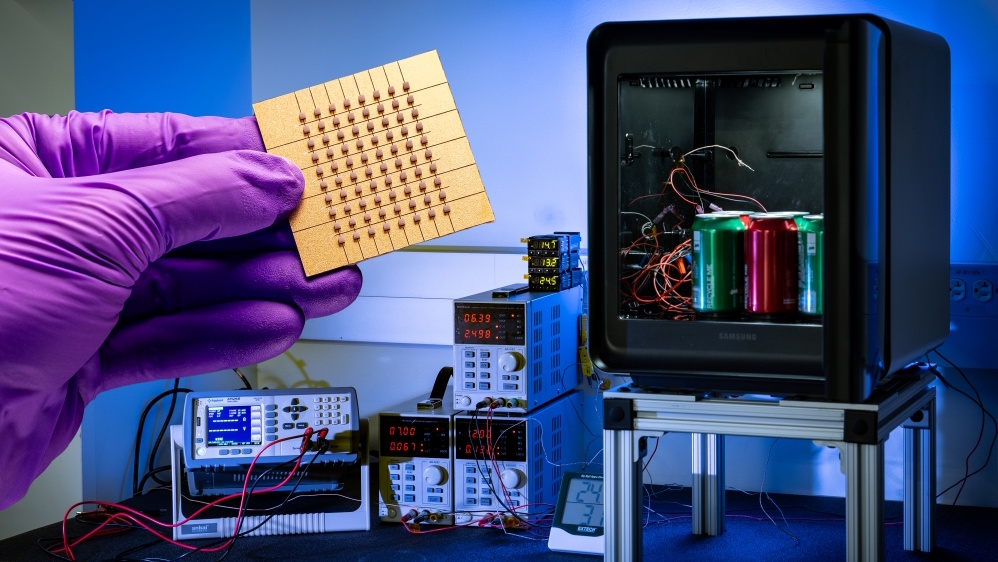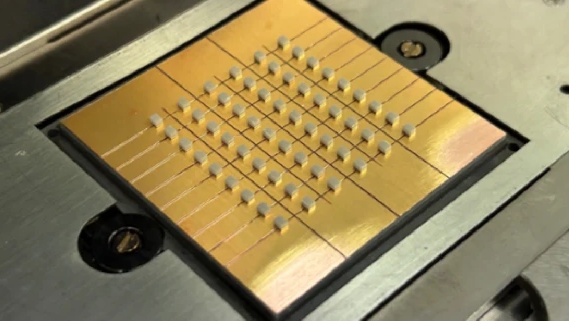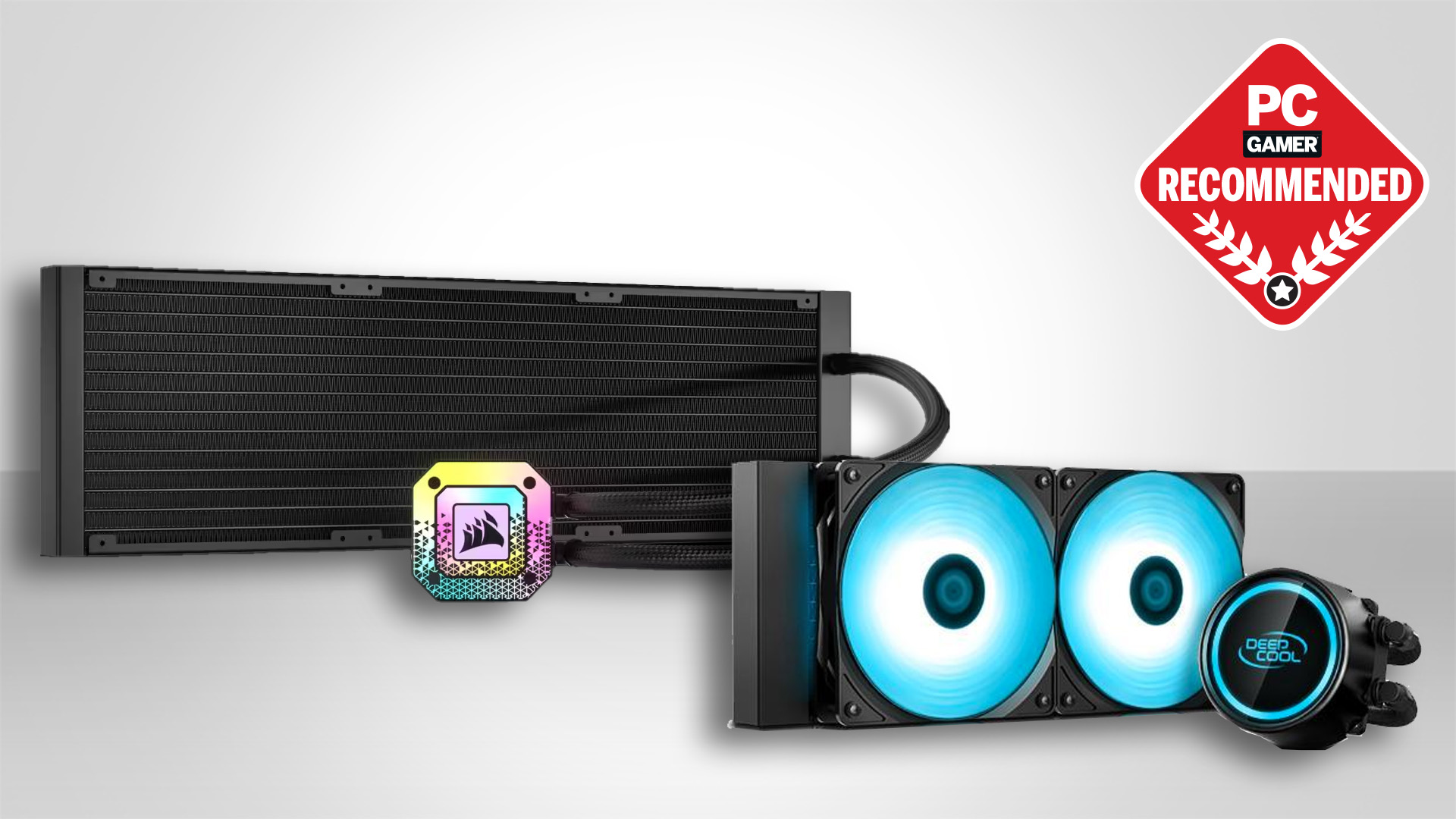
The Peltier effect seems like wizardry to me, but I won't question what works.
New cooling technology is one of the more exciting things we can hear about in the world of PC hardware in my opinion. Not only can it apply to so many different components—though chiefly the CPU—but also different brands and generations. So colour me icy blue with anticipation over the latest news out of Samsung Towers.
According to Samsung’s summary of a very technical paper, in collaboration with John Hopkins Applied Physics Laboratory (APL), the company has made some significant strides in the application of the Peltier cooling technique.
Apparently, “the new manufacturing process not only drastically reduced the amount of Peltier materials required down to about 1/1,000 of the material typically required, but also simplified the production steps. This advancement enhanced scalability and enabled mass production, with promising prospects for significant gains in both cost-effectiveness and environmental impact.”
Peltier cooling makes use of the Peltier effect to regulate temperature, allowing for not just sub-ambient (lower than room temperature) temperatures but also precise control of that temperature. This is achieved without the use of refrigerants which are usually required for sub-ambient temperatures.
This kind of thermoelectric cooling makes use of the fact that when two different thermoconductive materials are joined together, a current passing through them in a kind of circuit generates heat at one of the junctions and absorbs heat at the other.
If you put a bunch of the absorption-side junctions next to whatever it is you want to cool down, it should absorb the heat produced by this thing and transport it over to the heat-generating side of the junction. This excess heat can then be carried away by a more traditional method such as a liquid loop.
“Compared to traditional vapor compression methods, Peltier cooling enables fast and precise temperature control with a simpler configuration, making it applicable to various industrial fields, including home appliances, semiconductors, medical devices, automotive electronics and data centers,” says Samsung.
We’ve seen Peltier cooling specifically applied to CPUs before with Intel’s collaboration with EK for the EK-QuantumX Delta TEC water block. It isn’t flawless, though, as it consumes a lot of energy, pumps out a lot of heat that requires a copper cooling loop to handle, and costs quite a lot.
Condensation is always a problem with thermoelectric cooling, too, as it is with any cooling that achieves sub-ambient temperatures, with phase change cooling being the most obvious one. But Intel x EK managed this with its Peltier cooler primarily thanks to an insulation shroud to keep this condensation away from the rest of the PC components and its Cryo Cooling software, which managed temperatures and power to keep condensation away.
Best AIO cooler for CPUs: Keep your chip chill.
Best air cooler for CPUs: Classic, quiet cooling.
Back to the present, the main development from Samsung and the APL here seems to be in making things a lot smaller/thinner as well as scalable for mass production. The “nano-engineered thermoelectric materials”, if unleashed into the wilds of the semiconductor cooling industry, could presumably mop up those two main drawbacks to Peltier cooling: energy consumption and heat production.
Of course, basic thermodynamics would tell us that if we’re keeping temperatures lower than the surrounding air space then we can expect some additional heat and energy expenditure in doing so. But the trick will be minimising this as much as possible, and it looks like Samsung might have gone a way towards achieving this.
It’ll be interesting to see how the technology develops as well as how it compares to phase change cooling tech.








